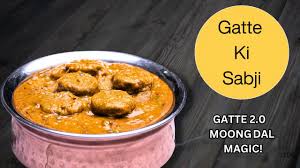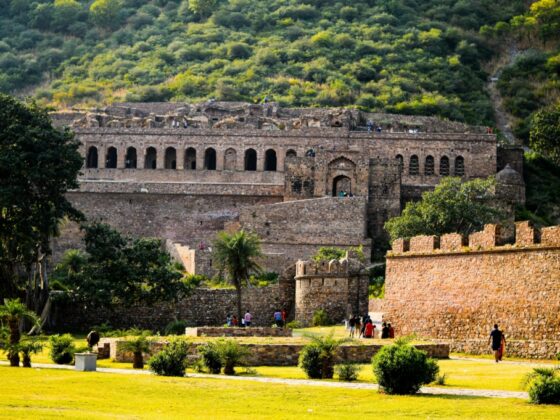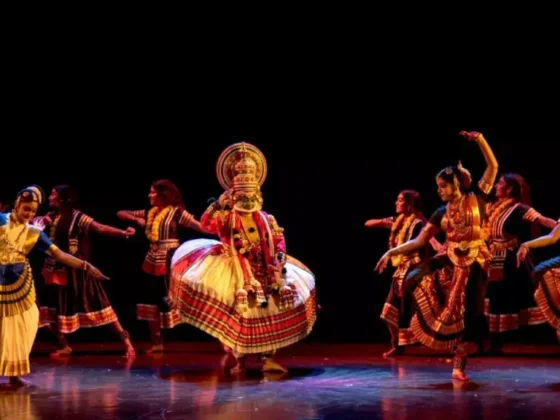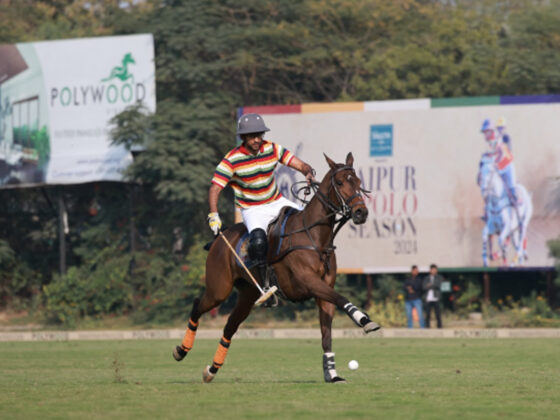Rajasthan’s royal courts were vibrant centers of artistic expression, where music and dance flourished under the patronage of Rajput kings. These cultural performances were not only a source of entertainment but also a means to preserve history, honor traditions, and showcase the kingdom’s grandeur.

The Role of Music in Rajput Royalty
Music played a crucial role in Rajputana courts, accompanying royal ceremonies, religious rituals, and battle victories. Skilled musicians from across India were invited to perform in the palaces, ensuring a rich blend of folk, classical, and martial music traditions.
Prominent Musical Forms in Rajput Courts
- Dhrupad – A classical vocal form performed in temples and royal gatherings.
- Maand – Rajasthan’s most distinctive folk music, often sung in praise of kings and warriors.
- Pabuji Ki Phad – A ballad that narrates the tales of legendary Rajput heroes.
- Sarangi and Shehnai Recitals – Played during royal weddings and religious festivities.
Royal Patronage of Musicians
Rajput rulers supported musical artists by offering them lands, gold, and courtly positions. Notable royal families, such as those of Jaipur, Udaipur, and Jodhpur, established their own music gharanas, which are still influential today.
Dance Traditions in Rajput Courts
Dance was an essential part of courtly entertainment and celebrations. Rajput kings enjoyed performances that highlighted grace, storytelling, and martial arts-inspired movements.
Famous Dance Forms in Rajasthan’s Royal Courts
- Ghoomar – A traditional women’s dance performed by queens and noblewomen in royal palaces.
- Kathak – A classical dance narrating tales of Rajput warriors and deities.
- Chari Dance – Performed with lit brass pots, showcasing skill and elegance.
- Terah Tali – A mesmerizing dance where performers balance manjiras (small cymbals) on their bodies.
- Kachhi Ghodi – A lively dance depicting Rajput warriors on horseback.
Musical Instruments of the Royal Courts
The Rajputana courts featured a wide variety of instruments that enriched their musical heritage.
Instruments Commonly Used in Royal Performances:
- Ravanahatha – A string instrument believed to be an ancestor of the violin.
- Sarangi – A bowed instrument used in classical and folk music.
- Nagada – Large kettledrums played during battle processions.
- Ektara – A single-stringed instrument used in devotional music.
The Influence of Rajput Music and Dance Today
The legacy of music and dance in Rajasthan’s royal courts remains strong. Today, these art forms continue to thrive in heritage festivals, cultural performances, and palace concerts, keeping the traditions alive. The grandeur of Ghoomar, Maand music, and Kathak performances continues to attract global audiences, showcasing the timeless beauty of Rajasthan’s artistic heritage.






